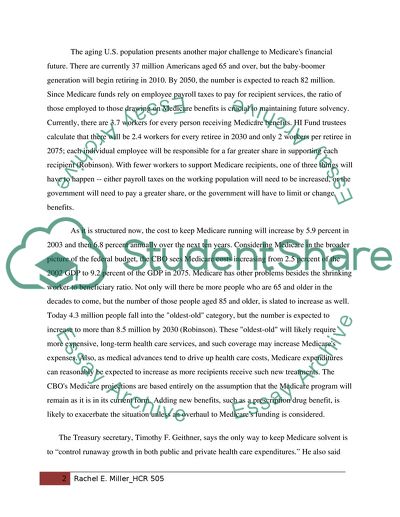Cite this document
(“Medicare Reform in Our Changing Society Research Paper”, n.d.)
Medicare Reform in Our Changing Society Research Paper. Retrieved from https://studentshare.org/health-sciences-medicine/1741454-medicare-reform
Medicare Reform in Our Changing Society Research Paper. Retrieved from https://studentshare.org/health-sciences-medicine/1741454-medicare-reform
(Medicare Reform in Our Changing Society Research Paper)
Medicare Reform in Our Changing Society Research Paper. https://studentshare.org/health-sciences-medicine/1741454-medicare-reform.
Medicare Reform in Our Changing Society Research Paper. https://studentshare.org/health-sciences-medicine/1741454-medicare-reform.
“Medicare Reform in Our Changing Society Research Paper”, n.d. https://studentshare.org/health-sciences-medicine/1741454-medicare-reform.


